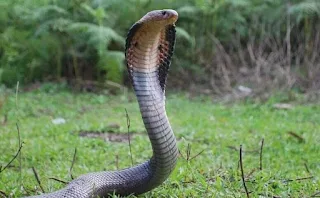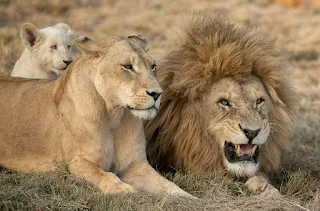The Rainbow is a symbol of good luck.
The 7 colours of the Rainbow are:
red / orange / yellow / green / blue / indigo / violet.
Rainbows are caused by reflection, refraction and dispertion of light in water droplets resulting in a spectrum of light appearing in the sky. It takes the form of a multicoloured circular arc. Rainbows caused by sunlight always appear in the section of sky directly opposite the sun.
Rainbows can be fully circles. We normally see only see an arc formed by illuminated droplets above the ground, and centred on a line from the sun to the observer's eye.
Rainbows can be caused by many forms of airborne water. These include not only rain, but also mist, spray and airborne dew.
The Rainbow effect is also commonly seen near waterfalls or fountains.
LIVE AND LOVE LIFE !






















